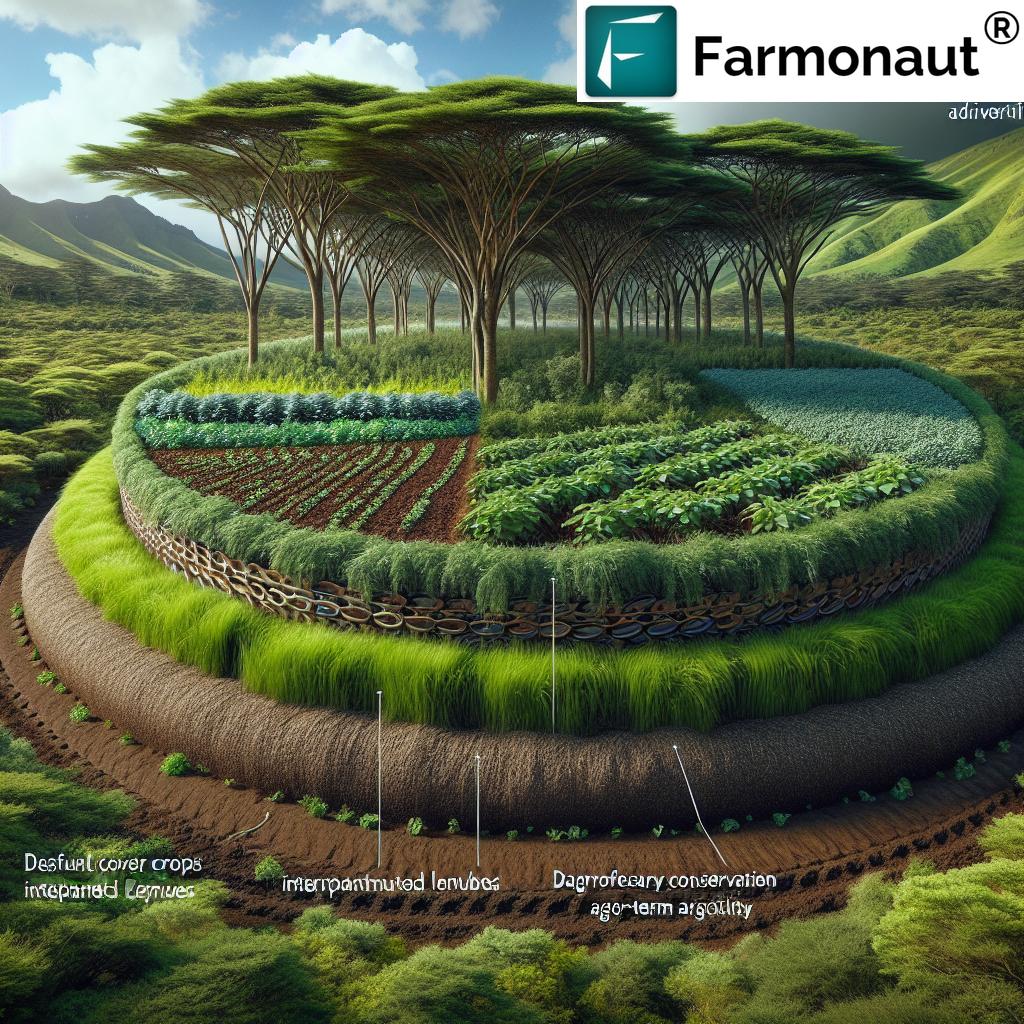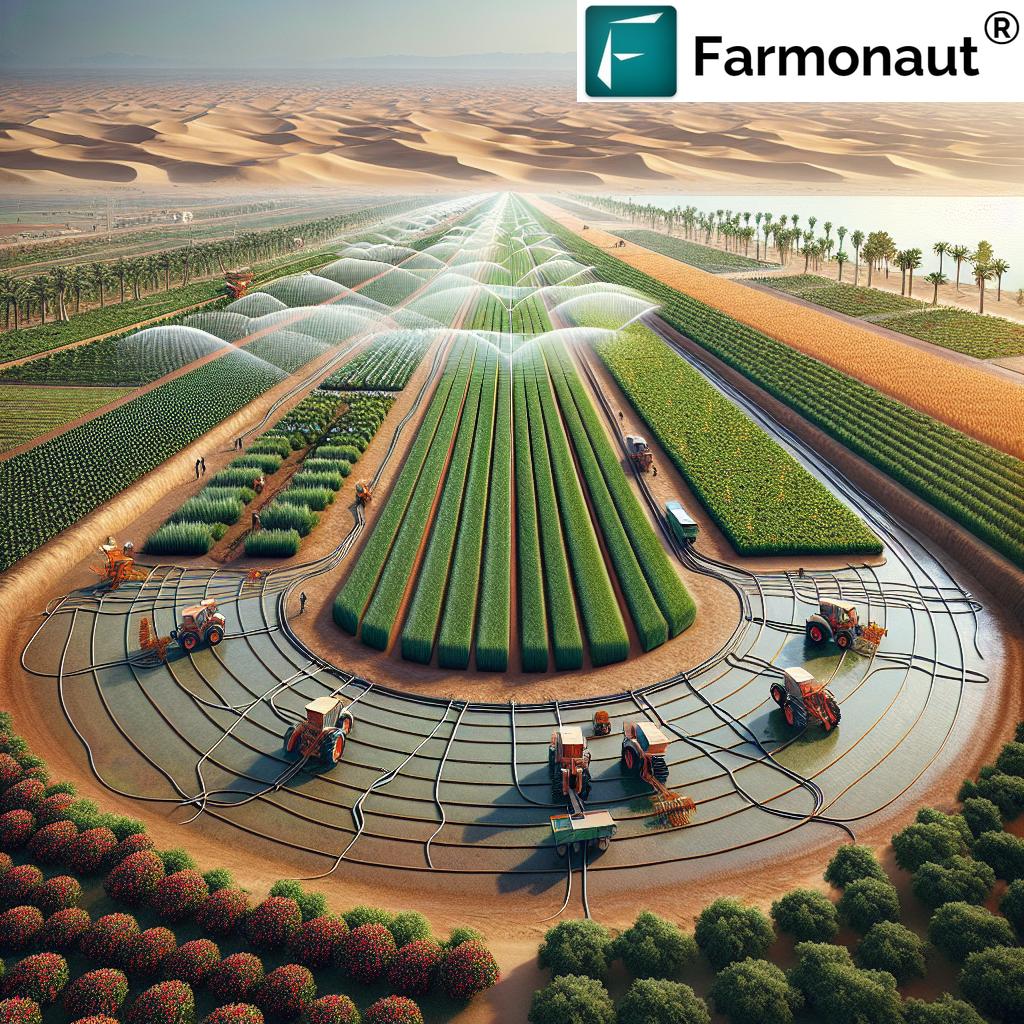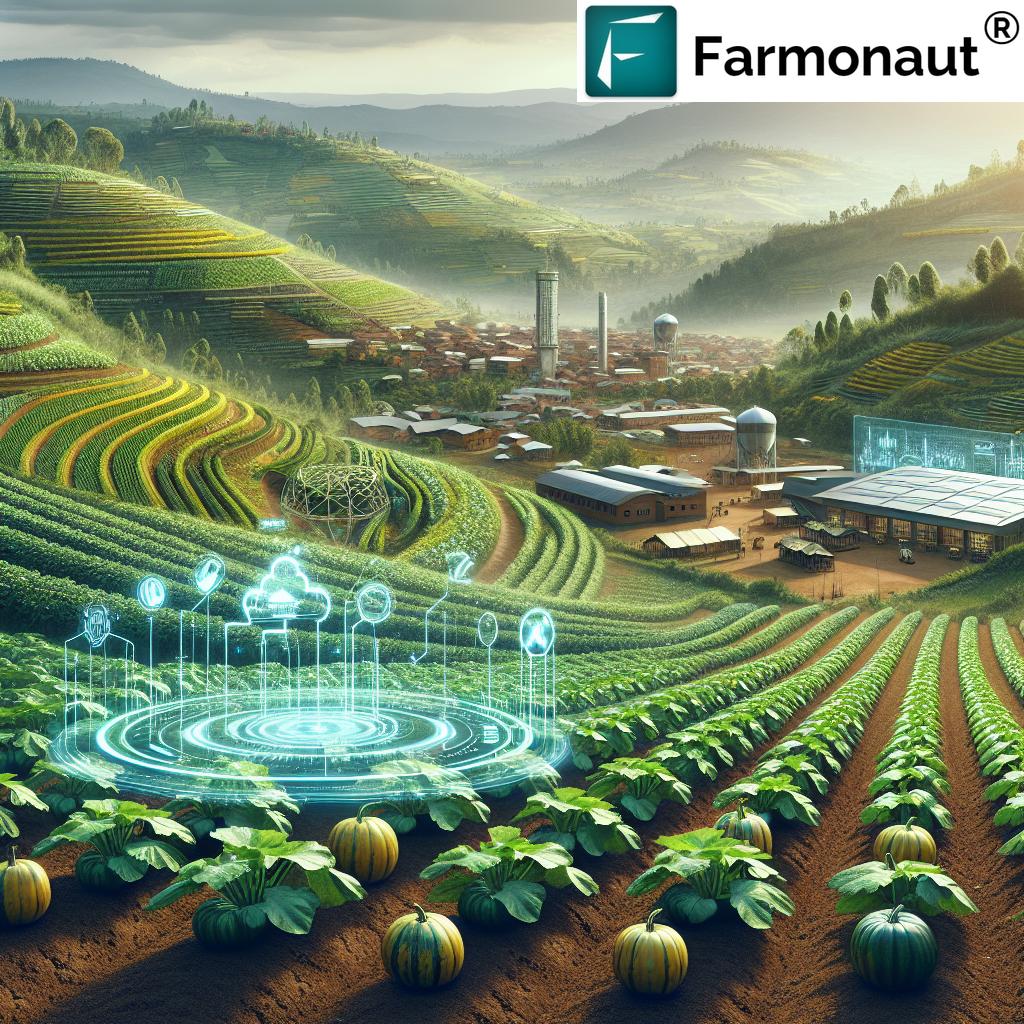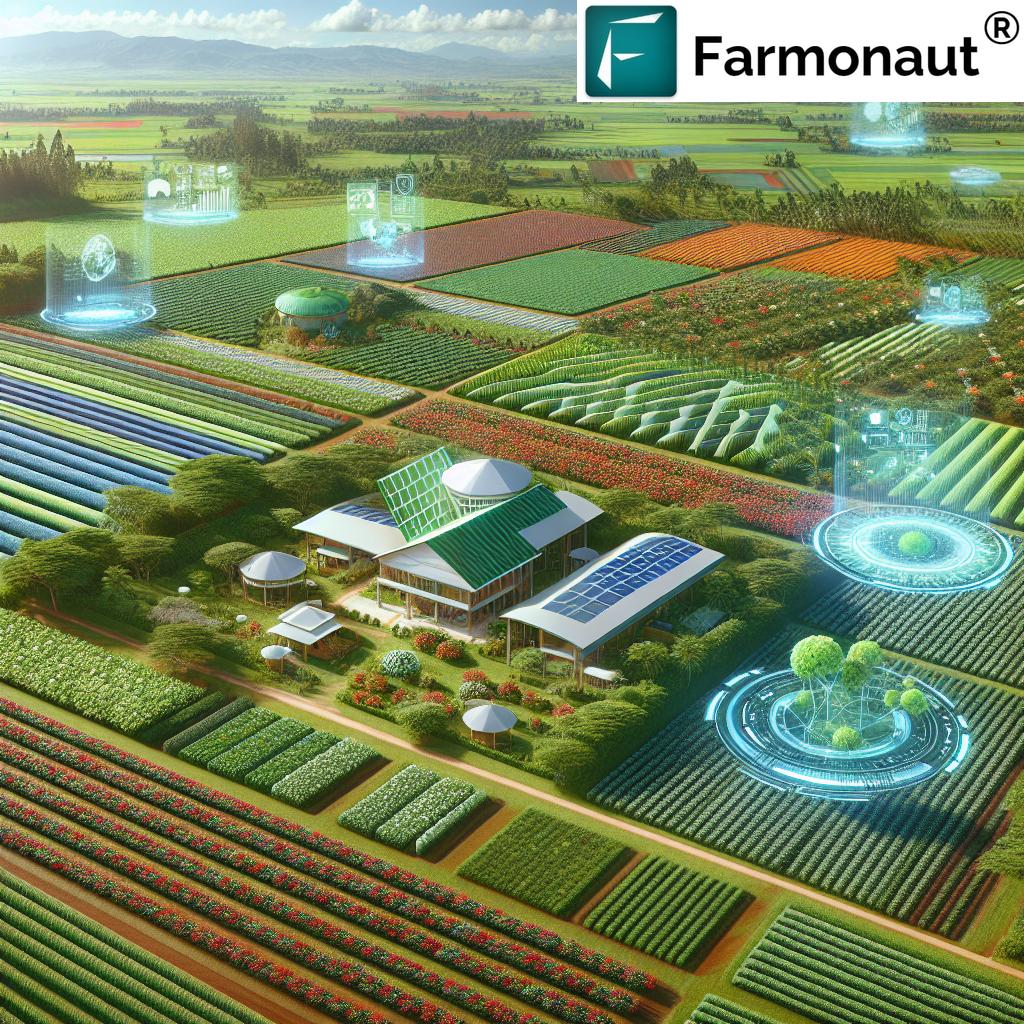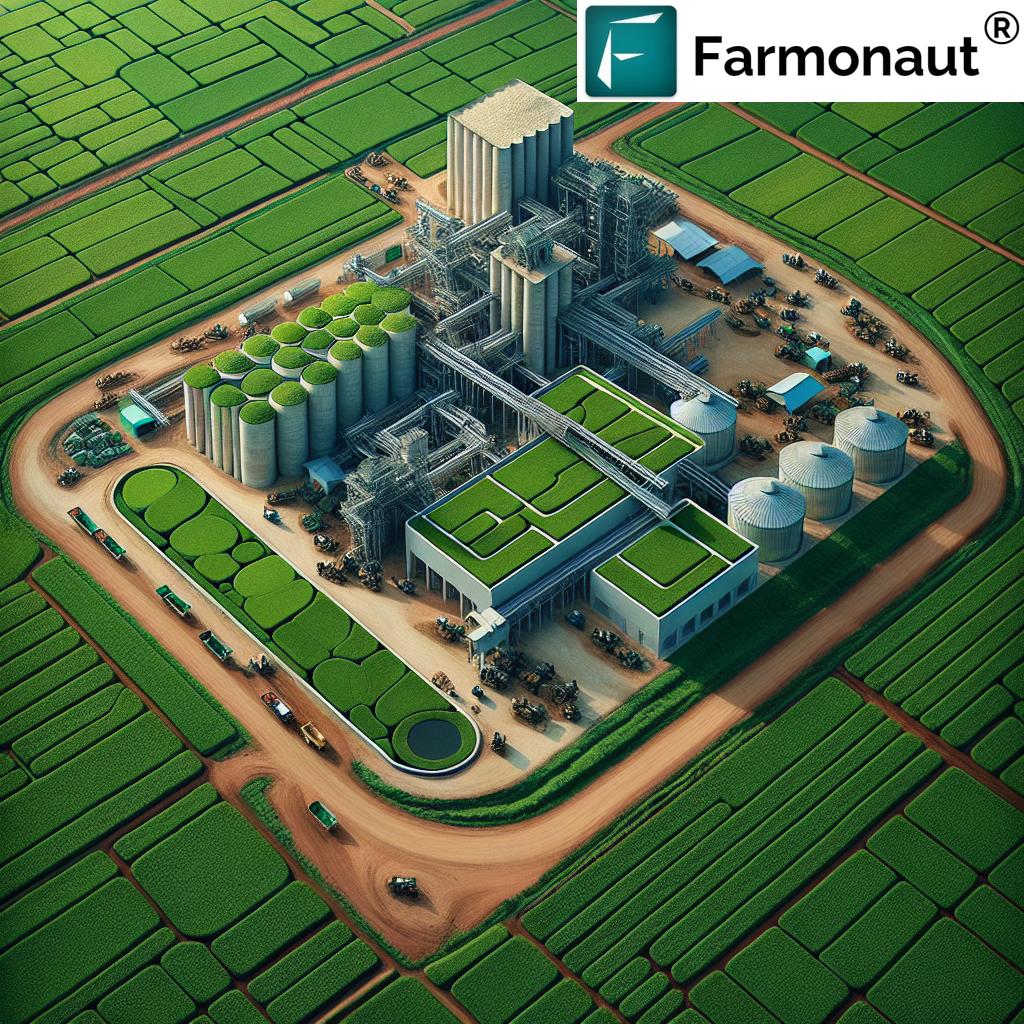Sustainable Farming: 2 Ways a Farmer in Kenya Conserves Soil
“Kenyan farmers using conservation agriculture can reduce soil erosion by up to 60% compared to traditional methods.”
Introduction: The Critical Need for Soil Nutrient Conservation
Sustainability lies at the heart of prosperous agriculture in Kenya. Our nation’s soils are the foundation for food security, economic stability, and environmental resilience. However, persistent challenges—such as soil degradation, severe erosion, nutrient depletion, and erratic rainfall—threaten these foundations, calling for innovative yet sustainable solutions.
Soil nutrient conservation is a cornerstone of sustainable agriculture, ensuring that precious nutrients remain available for crops while fostering healthier ecosystems. In this blog, we explore two highly effective strategies: Conservation Agriculture and Agroforestry in Kenya. Through these advanced, yet practical methods, we can collectively conserve soil, improve fertility, boost water retention, and safeguard the environment for present and future generations.
Kenya’s Soil Challenges in Modern Agriculture
Kenya’s agriculture remains the backbone of our economy, feeding millions, supporting livelihoods, and contributing to GDP. Yet, our farming systems face unique and severe soil-related obstacles, including:
- Soil Nutrient Depletion: Continuous cultivation, minimal organic matter return, and low crop rotation exacerbate nutrient loss.
- Water Scarcity & Erosion: Unpredictable rainfall and exposed soil surfaces lead to erosion, runoff, and loss of fertile topsoil.
- Declining Soil Health: Over-reliance on synthetic fertilizers without proper nutrient cycling depletes soil organic matter, deteriorating soil structure and health.
- Climate Change Impact: Extended droughts and unusual storms disrupt traditional agricultural schedules and threaten long-term sustainability.
With these challenges in mind, we’ve examined and curated two practical, research-backed soil conservation strategies widely adopted by Kenyan farmers. Both strategies prioritize sustainability, economic viability, and environmental protection.
1. Conservation Agriculture: Practices, Principles, & Benefits
Conservation Agriculture (CA) is at the forefront of sustainable farming systems in Kenya. By applying CA, we can conserve soil nutrients, drastically reduce erosion, and ensure robust water retention in agriculture. This method rests upon three core principles, each essential for building long-lasting, fertile soils.
Core Principles of Conservation Agriculture
-
Minimal Soil Disturbance
By significantly reducing or eliminating tillage, we maintain natural soil structure, protect delicate root and microbial networks, and minimize soil compaction. Conservation tillage practices, such as no-till and reduced-till farming, preserve organic matter and moderate water infiltration. -
Permanently Covered Soils
Keeping the soil surface covered—with crop residues, cover crops, or protective mulch—shields the land from wind and water erosion. This layer suppresses weeds, reduces moisture loss from evaporation, and fosters the build-up of valuable organic matter. Planting cover crops for soil health like legumes, grasses, or brassicas can offer even more benefits. -
Crop Diversification
Practically, this means applying crop rotation and intercropping strategies, integrating nutrient-fixing crops such as legumes into regular schedules. Crop diversification breaks pest and disease cycles, encourages biodiversity, boosts both yields and soil fertility, and strengthens system resilience.
Key Benefits of Conservation Agriculture in Kenya
- Improved Soil Fertility: CA practices keep soils rich in nutrients and organic matter, enabling longer-term productivity.
- Enhanced Water Retention: Unbroken soil structure and organic mulch help maximize water retention and support crops through drought.
- Reduced Erosion: Cover crops and mulches serve as living shields, slashing soil loss by over half compared to conventional approaches.
- Labor and Cost Savings: Minimizing tillage reduces machinery use, fuel costs, and labor input, making agriculture more profitable.
- Boosted Biodiversity and Resilience: Diversified cropping systems support beneficial organisms, improve pest control, and equip farms to endure extreme weather.
Did You Know?
“Agroforestry in Kenya increases soil organic matter by 15% within five years, enhancing long-term soil fertility.”
Conservation Agriculture in Practice: Kenya’s Innovations
Across regions such as the Rift Valley, Lake Victoria basin, and drier northern counties, we have observed broader adoption of conservation agriculture practices by Kenyan farmers, often guided by ongoing research and local farmer groups. Initiatives like strategic terracing, organic farming, and careful water management are helping to transform degraded lands into productive, sustainable assets.
Importantly, keeping the soil covered and practicing minimal disturbance not only slash erosion but also promote nutrient cycling. Crop residue left after harvest gradually decomposes, adding organic nutrients and improving the soil’s structure.
Farmonaut supports the monitoring of these vital practices by providing real-time crop health monitoring, soil moisture analytics, and advisory support to optimize tillage, cover crop application, and resource allocation. With large-scale farm management tools, Kenyan cooperatives and agribusinesses can efficiently implement these sustainable strategies.
2. Agroforestry in Kenya: Integrating Trees for Soil Health
Agroforestry in Kenya is a time-tested and multi-layered approach that integrates trees and shrubs directly into crop and livestock systems. We have seen significant improvements in farm resilience, long-term soil fertility, and water management—all while generating additional farm income.
Benefits of Agroforestry
- Soil Nutrient Conservation: Trees supply organic matter (through leaf litter and root decay) that decomposes to enhance soil health.
- Improved Erosion and Water Retention: Extensive tree roots stabilize soils, slow water runoff, and reduce massive topsoil loss.
- Biodiversity Enhancement: The interplanting of trees with crops attracts beneficial animals and insects, naturally managing pests.
- Climate Change Mitigation: Agroforestry sequesters atmospheric carbon, helping us address global warming.
- Supplementary Income: Tree crops like fruits, nuts, honey, and medicinal products diversify farm income sources and increase overall economic resilience.
Applying Agroforestry to Conserve Soil Nutrients
In practice, agroforestry involves intercropping nitrogen-fixing trees (e.g., Grevillea, Calliandra, Sesbania, various Acacias) with crops or pasture. These species “fix” atmospheric nitrogen, supplementing the nutrient bank for subsequent crops in the rotation, thus supporting continual soil nutrient conservation.
Agroforestry systems introduce:
- Live barriers: Hedges planted along contours which slow runoff and prevent erosion.
- Windbreaks: Tree lines to reduce wind speed, protect crops, and minimize evaporation.
- Multi-story cropping: Staggering canopy (tall trees, shrubs, ground-layer crops) to utilize sunlight and space efficiently, and further improve water retention in agriculture.
Leveraging tools like Farmonaut’s carbon footprint tracking and tree mapping & crop plantation advisory, Kenyan farmers can plan, monitor, and optimize their agroforestry layouts for maximum ecological benefit and productivity.
Water Retention and Soil Improvement in Kenyan Farms
Research shows that farms adopting agroforestry practices experience a measurable increase in soil organic matter—a vital indicator of soil’s ability to retain nutrients and water. After just five years, Kenyan fields can see up to a 15% rise in organic content (a remarkable result for long-term productivity and soil structure improvement).
Trees create microclimates by shading the soil, which significantly reduces evaporation during dry spells. Their roots actively open soil channels, facilitating better water infiltration and retention. The combined effect is robust erosion control, prolonged soil moisture availability, and protection from drought-induced crop failure.
Comparative Benefits Table: Conservation Agriculture vs. Agroforestry
| Parameter | Conservation Agriculture | Agroforestry |
|---|---|---|
| Estimated Soil Fertility Improvement | +20% over 5 years with continuous minimal tillage and crop rotation | +15% in organic matter in five years, overall fertility up by 18% |
| Water Retention Capacity | Improves by 30% thanks to insect and root-enhanced infiltration | Increases soil water holding capacity up to 35% due to tree roots and shade |
| Reduction in Erosion (%) | Up to 60% reduction with cover crops and minimal soil disturbance | 55% reduction via stabilized roots and surface cover |
| Implementation Difficulty | Medium – shift in tillage & crop management practices required | Medium – needs planning & investment in tree seedlings/management |
| Estimated Increase in Yield | 15–25% over long term; lower input costs | 12–20%* (plus added income from timber/fruits) |
*Yield increase varies with tree selection, crop type, and management practices.
“Agroforestry in Kenya increases soil organic matter by 15% within five years, enhancing long-term soil fertility.”
Combining Conservation Agriculture and Agroforestry for Sustainable Farming Systems
By merging conservation agriculture practices with agroforestry in Kenya, we unlock powerful synergies. Minimal tillage protects delicate roots and maintains soil structure, while trees add organic matter, further boosting soil nutrient cycling. The joint approach offers:
- Greater Soil Fertility: Enhanced nutrient availability from permanent cover and leaf litter.
- Robust Erosion Control: Soil protected by both tree roots and living plant mulch.
- Superior Water Management: Improved infiltration and moisture retention from healthy soils and deep tap roots.
- Strengthened Resilience: The system is better able to weather climate shocks, pests, and disease cycles—thanks to extensive crop and ecological diversification.
With Farmonaut’s satellite-based crop health monitoring and AI-based advisory systems, Kenyan farmers are equipped to monitor, validate, and optimize these sustainable practices at every stage—right from field preparation to harvest and off-season planning.
For those requiring secure tracking and transparency, our blockchain product traceability feature enables farm produce to be verified from field to consumer, building trust in supply chains and reducing fraud.
Leveraging Farmonaut for Soil Conservation, Crop Health, and Sustainability
Farmonaut empowers Kenyan farmers to embrace sustainable farming systems through technology, by providing:
- Satellite-based multi-spectral imagery to monitor crop health, soil moisture, and resource use
- AI-powered Jeevn Advisory System for personalized crop management advice
- Real-time data for irrigation, fertilizer, and pesticide optimization, supporting maximum yields at minimal input cost
- Fleet and resource management for efficient logistics and cost savings — ideal for large-scale and cooperative agricultural systems (learn more about fleet management)
- API integration for developers and agribusinesses to access powerful farm data and automate intelligent decisions (API link, API Developer Docs)
- Satellite-based verification for crop loans and insurance — Reducing fraud and improving financial access (crop loan and insurance solutions).
- Scalable subscriptions for individuals, agribusinesses, cooperatives, and government programs (see pricing table below)
FAQs: Sustainable Farming & Soil Nutrient Conservation in Kenya
-
What is soil nutrient conservation and why does it matter?
Soil nutrient conservation involves using agricultural practices that minimize loss of vital nutrients from soils. It is crucial for maintaining soil fertility, boosting productivity, and ensuring long-term sustainability in Kenyan agriculture. -
How does conservation agriculture improve yields and water retention?
Conservation agriculture protects soil structure, keeps the surface covered, and incorporates crops like legumes that add nitrogen. This results in better nutrient cycling, moisture retention, and higher, stable yields. -
Which trees are best for agroforestry in Kenya?
Nitrogen-fixing trees (Acacia, Grevillea, Sesbania) and indigenous fruit/nut species are highly beneficial. Location and farm needs impact choice. -
What role does technology like Farmonaut play?
Farmonaut’s tech suite provides real-time monitoring, data-driven farm advice, traceability, and automation support for farmers seeking to optimize sustainable practices for both environmental and financial gains. -
How can I start adopting these soil conservation strategies?
Begin by reducing tillage intensity, introducing cover crops or tree lines, and gradually increasing crop rotation complexity. Use precision data (like Farmonaut) to monitor progress and optimize resource allocation. -
Are there financial incentives or support available?
Many NGOs, government projects, and financial institutions (via satellite-verifiable loans/insurance) are increasingly supporting soil conservation and sustainability in Kenyan agriculture.
Conclusion: Securing the Future of Farming in Kenya
Kenya’s agricultural landscape is changing—and with it, our approach to soil, water, and natural resource management must evolve. By championing conservation agriculture and agroforestry, we safeguard our soils’ fertility, control erosion, secure water retention, and build resilient, sustainable farming systems for future generations.
With advanced tools from Farmonaut, each farmer—from smallholder to agribusiness—can take concrete, data-driven action to conserve soil nutrients, increase yields, and promote environmental sustainability. Whether you’re aiming to boost productivity, ensure food security, or lead in climate change mitigation, these soil conservation strategies are the key to unlocking Kenya’s extraordinary agricultural potential.
Ready to transform your farm and join the movement toward sustainable agriculture? Explore Farmonaut’s platform, access the latest technology, and make informed decisions for your crops, resources, and environment today.
Useful Resources on Farmonaut
- Farmonaut Agro-Admin App – Efficiently manage large farms/cooperatives with satellite monitoring.
- Fleet Management – Streamline resource transport and reduce operational costs.
- Carbon Footprinting – Track and reduce environmental impact with real-time emission monitoring.
- Traceability Solutions – Build trust by enabling blockchain-based, secure supply chain tracking.
- Crop Loan & Insurance – Satellite-verified farm validation for risk-free financial support.
- Crop Plantation and Forest Advisory – Smart recommendations to maximize yield and biodiversity.
- Farmonaut API Access – Integrate satellite and weather data for your own agritech solutions.
- API Developer Docs – Detailed reference for developers and agribusinesses.
For more detailed insights into sustainable agriculture and the debate around Africa’s green revolution, visit this Reuters analysis.


